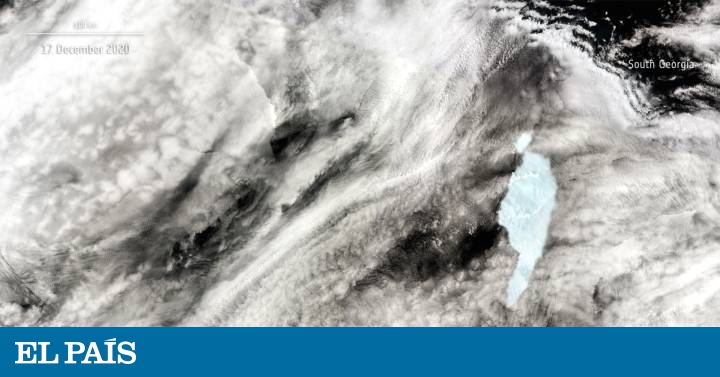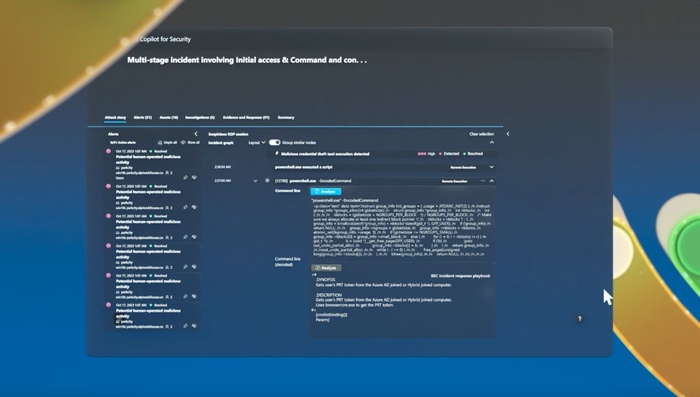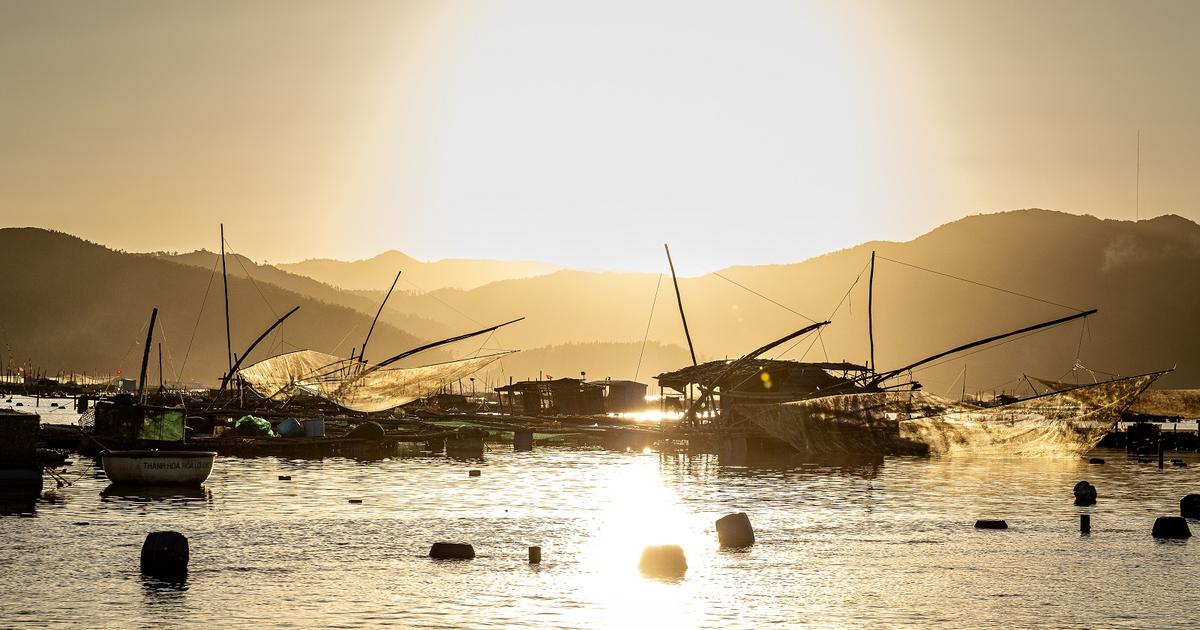We all have in our retina the image of the
Titanic
sinking when it collided with a gigantic iceberg from the vicinity of the North Pole, in times when climate change was not yet on the horizon ... Well, these days, icebergs are still a threat to navigation and, in some cases, its dimensions are such that it also becomes a danger to territories located hundreds of kilometers from its origin;
if they also come from a glacier, they generate a dangerous addition: the rise in the level of the oceans.
But is there more and more of the global increase in temperatures and more specifically of the polar temperatures?
The answer to this question is still in scientific debate and, although almost all the polar researchers that I have consulted point this out, others point out that it has not been proven that there are more, among other things because only the largest can be detected by satellites .
Recall that icebergs are generated when ice breaks into the ocean from the front of a glacier or from the huge floating ice shelves that surround Antarctica and, less and less, the Arctic.
Some have been around for thousands of years.
“There is still not enough data to know if there are more icebergs.
What we do know is that when meltwater accumulates on these shelves, that water absorbs more heat than when it was ice, causing it to break up more quickly and form icebergs.
We are seeing it in the Arctic ”, explains Carolina Gabarró, a polar researcher specializing in Arctic sea ice at the Institute of Marine Sciences (CSIC).
For the past few years, the king of icebergs in Earth's seas has been the so-called A68a, which broke off the Larsen C offshore platform, located in the Weddell Sea, in 2017. It was 4,000 square kilometers, the half the extension of the Community of Madrid, and almost 200 meters deep under water.
In recent weeks, after being stranded for a few months and a few months in the eddies of the Antarctic circumpolar current, sometimes circling, it turned north and has approached at high speed to the South Georgia Islands, putting at risk to the spectacular king penguin colonies, its seabed and many other environmental parameters.
The A68a is as big as the island it could hit, because, according to scientist Klaus Strübing, from the International Ice Charting Group, a few days ago it was already in very close waters, barely 76 meters deep.
Research mission to determine the impact of # A68a iceberg on one of the world's most important ecosystems - A team of scientists led by BAS will set sail on @NOCnews ship #RRSJamesCook bound for sub-Antarctic island of #SouthGeorgia @GovSGSSI @NERCsciencehttps: / /t.co/iOdT3sUwRd pic.twitter.com/lDGh6jqrqx
- Antarctic Survey (@BAS_News) December 15, 2020
But it is no longer the greatest.
The latest news, coming from the European Space Agency (ESA), tells us that upon reaching these shallow waters, a piece of about 140 square kilometers has detached itself, little for its immense size, although it will not leave indifferent whoever it is. I crossed it.
In any case, now the ranking would be headed by the A-23a iceberg, which also with about 4,000 square kilometers is stuck in the same Weddell Sea from which the A68a left.
The National Ice Center of the United States points out that this other colossus could follow the same course, towards South Georgia, which seems to be in the
exit street
of all the great Antarctic icebergs, since 90% of those that pass they leave the continent.
But let's go back to the A68a.
Forecasting is not easy at all, but I have read statements in which Brigham Young University ice researcher David Long says he could change his course away from this archipelago and go to crumble in warmer waters of the South Atlantic, if Well it is something that the chaotic situation of currents in the area does not allow forecasting.
Strübing, for his part, who has followed it since it separated from the Larsen C platform, says that studying its drift will help scientists learn more about the dynamics of the ocean in this region, while improving models of the trajectories. of big and small icebergs.
It is something that is not trivial given the risk that these uncontrolled masses of ice pose for the shipping routes in the Southern Ocean, whether they are whole or the pieces in which they are crumbling.
And if it hits or eventually stays on these islands, the damage can be severe.
“The A68a is so large that it could block the exit of the penguins and seals towards their food, in the sea, which would be a serious problem for the colonies that are in these islands.
The seabed will also surely be damaged by an iceberg of this size ”, explains Andrés Barbosa, polar scientist at the National Museum of Natural Sciences and specialist in polar fauna.
Precisely, studying its impact is what a team of scientists from the British Antarctic Survey (BAS) is planning, which will travel to South Georgia in early 2021 with this objective.
In an official statement from BAS, they explain that they will deploy underwater robotic gliders from the NOC RRS
James Cook
research
ship
, a
ship that will set sail from the Falkland Islands to the iceberg at the end of January.
"We need to understand the effects huge icebergs can have on wildlife and marine life, so I am delighted that the Blue Belt Program, working with the British Overseas Territories to protect their waters, can support this critically important research." , said the British Minister of the Pacific and Environment abroad, Lord Goldsmith.
King Edward Science Base, South Georgia Islands British Antarctic Survey
For his part, the oceanographer Povl Abrahamsen, who will lead the mission to the ice block, considers it a "unique opportunity to visit the iceberg."
“Typically, it takes years to plan the logistics of marine science expeditions, but the Council for Environmental Research (NERC) in collaboration with the Government of South Georgia and the South Sandwich Islands and the Blue Belt Program They have seen the urgency to act quickly, and that will allow us to go to the iceberg and monitor the ecosystem ”.
Abrahamsen mentions many other negative impacts that they will try to examine, such as the change in temperature and salinity of the water or the destruction of the habitat of species that inhabit the seabed, although his colleague Geraint Tarling recalls that not everything is bad and that in the open ocean "an iceberg can have a positive impact because it carries powdered minerals that can fertilize the plankton around it, favoring the food chain."
The good news, at least with regard to these giant icebergs, is given to us by Carolina Gabarró, who recalls that by proceeding from a floating platform, their melting will not lead to a rise in sea level, something that cannot be said of others Antarctic icebergs that also float through the seas, such as the 200-square-kilometer icebergs that fell off the Pine Island Antarctic Glacier last February.









